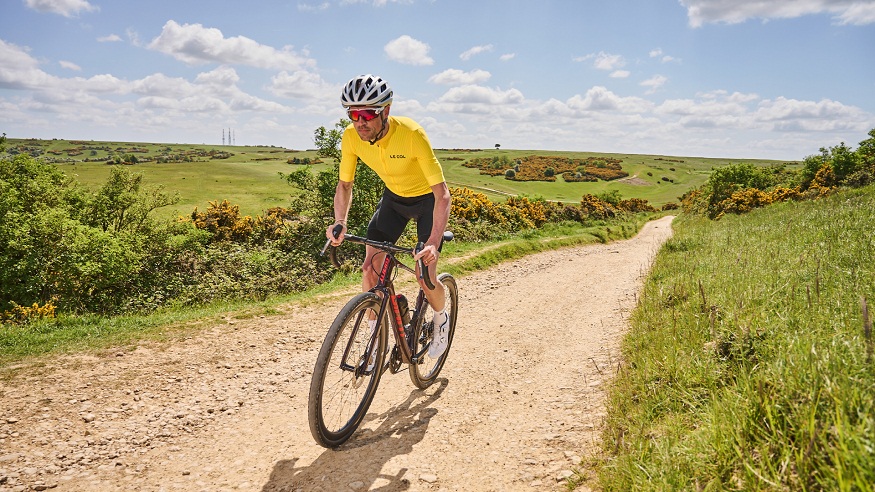The term gravel biking itself implies that the activity involves riding on unpaved trails, changing terrines, and gravel roads. It’s becoming a fast-growing sport with the emergence of types of gravel bikes including cyclocross biking, mountain biking, and touring or adventure cycling. As Steven Rindner says, with varying topography and race formats, gravel biking arrives with a wide variety of challenges like steep climbs, loose gravel, and technical descents for potential riders. This needs developing special skills to deal with the unexpected situations that may arise while riding or racing. To help riders out, here is a guide on training and skill development to get prepared before the racing day.
Training for gravel racing
Gravel biking requires a multi-layered approach to training since the conditions and terrain vary significantly while racing or riding on mountain trails. Thereby, depending on the event type, a racer should get prepared and gauge the training time as stated below:
- If the training aims for riding gravel ranging between 50 to 75 miles – it is important to devote 6-8 weeks of riding from 30 min to one hour or more, especially for those who are not riding regularly.
- If the training aims for gravel riding over 100 miles– it is recommended to devote a minimum of 10-12 weeks while the time of riding will be almost double. Those who are professional riders can meet their target by spending 6 to 8 weeks for riding and training.
- If the training aims for an ultra-endurance gravel event of over 200 miles: Start a minimum of 3 months or 16 weeks earlier to get plenty of time for practicing, going through trial and error to determine the necessary gear and nutrition plan to withstand the strain.
According to Steven Rindner, long endurance events demand riders to spend long hours riding to build the much-needed endurance and adapt the body, mind as well as gears to face the challenges ahead.
However, shorter technical gravel racing requires more emphasis on developing bike handling and intensity skills. Gravel racing requires a proper balance of intensity and volume to prepare the body for the racing. Here volume defines the frequency or period of workouts while intensity refers to workouts.
How to develop gravel cycling skills
According to Steven Rindner, effective bike handling is vital for gravel cycling or racing success, since the terrain changes consistently from paved mountain trails to muddy roads or technical tracks. Riding on uneven and loose gravel needs riders to develop the following skills as stated below
- Cornering while gravel biking: Make sure to keep the bike relatively upright, and before taking a turn, control the speed and simply lean the handlebar toward the turn. Avoid aggressive leaning especially while navigating uneven gravel turns.
- Climbing steep gravel: bending the chest toward the bike’s handlebar while scooting frontward in the saddle is vital to keep needed traction on sharp inclines.
- Managing downhills: keep the pedals leveled, elbows and keens bent, butt in a hovering position over the saddle, and eyes forward. Doing so enables bikers to keep the bike stable and go downward in a straight line through uneven or flat surfaces.
- Braking manner: Modulate the braking intensity to have control as well as avoid possible skidding.
To conclude, apart from pursuing training and developing skills, potential racers need to carry the needed tools such as a pump, tubes, multitool, etc, and should have basic knowledge of troubleshooting to deal with issues like broken chains or flat tires, especially before a race.

